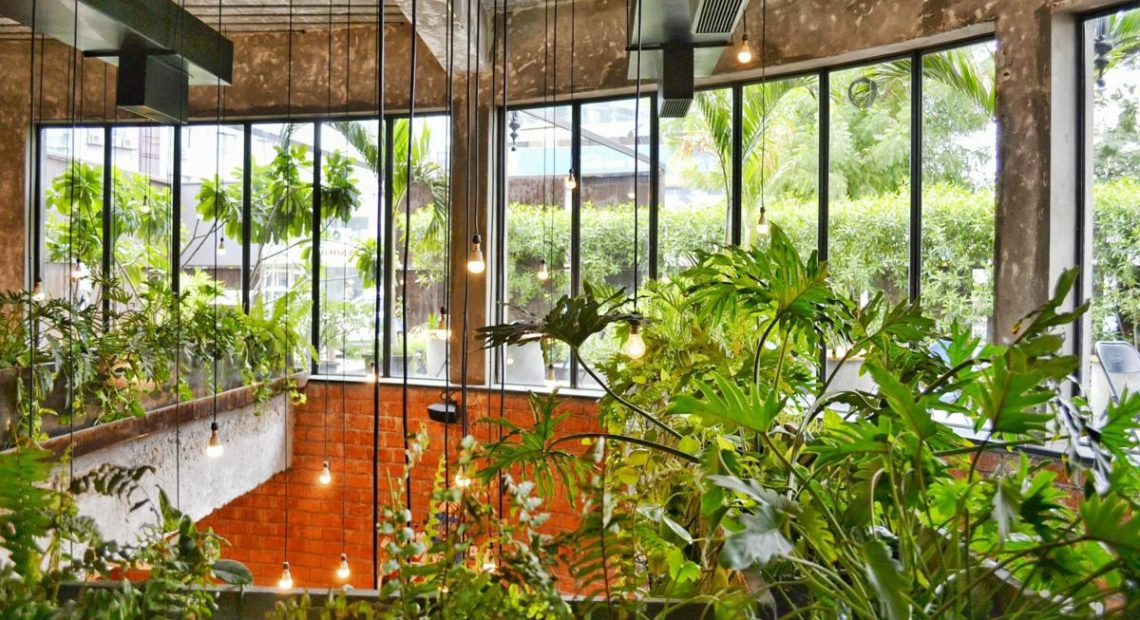do green buildings enhance the quality of life?

As awareness of the impact of climate change on our planet continues to grow, there has been an increased focus on green buildings as a way to reduce the carbon footprint of buildings and improve the overall quality of life for their occupants. A green building is defined as a structure that is designed, built, and operated with the goal of minimizing negative environmental impacts and maximizing positive social and economic impacts. Here are some ways in which green buildings enhance the quality of life.
Improved Indoor Air Quality
Green buildings are designed with the occupants’ health in mind. They use materials and technologies that minimize the release of pollutants, such as volatile organic compounds (VOCs), into the indoor air. Green buildings often feature ventilation systems that bring in fresh outdoor air and filter out contaminants, improving indoor air quality and reducing the risk of respiratory illnesses.
Energy Efficiency
Green buildings are designed to use less energy than conventional buildings. They often feature high-efficiency heating and cooling systems, insulation, and energy-efficient lighting. This reduces the amount of energy required to operate the building, which in turn reduces greenhouse gas emissions and lowers utility costs. In addition, green buildings often feature on-site renewable energy generation, such as solar panels or wind turbines, which can further reduce the building’s carbon footprint.
Reduced Water Consumption
Green buildings often feature water-efficient fixtures and systems, such as low-flow toilets and faucets, rainwater harvesting systems, and wastewater treatment systems. This reduces the amount of water consumed by the building and minimizes the strain on local water resources. In addition, green buildings often use landscaping strategies that minimize water consumption, such as using drought-tolerant plants and installing rain gardens.
Improved Comfort
Green buildings are designed with the occupants’ comfort in mind. They often feature high-performance windows and insulation, which reduce drafts and keep the indoor temperature consistent. This improves occupant comfort and reduces the need for energy-intensive heating and cooling systems.
Access to Natural Light
Green buildings often feature large windows and skylights that allow natural light to enter the building. This reduces the need for artificial lighting and provides occupants with a connection to the outdoors. Studies have shown that exposure to natural light can improve mood, productivity, and overall well-being.
Improved Acoustics
Green buildings are often designed with acoustics in mind, using materials and technologies that minimize noise levels and improve speech intelligibility. This reduces the strain on occupants’ hearing and can improve communication and collaboration in the workplace.
Overall, green buildings have the potential to significantly enhance the quality of life for their occupants. They provide a healthier, more comfortable living and working environment while also reducing the building’s impact on the environment. As more people become aware of the benefits of green buildings, it is likely that the demand for them will continue to grow, leading to a more sustainable built environment and a better quality of life for everyone.

















